From Compliance to Talent Management: The 15 Essential HR Responsibilities
AIHR
MAY 10, 2023
Growing the business: Workforce planning, recruitment, and selection responsibilities 4. Employee development: Onboarding, training and development responsibilities 5. These strategies may include recruitment and selection processes, employee development and training initiatives, and compensation and benefits programs.


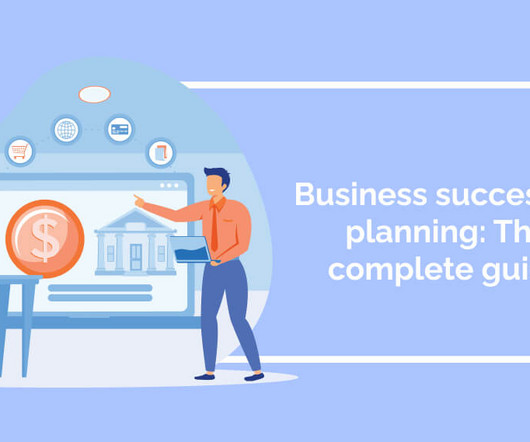
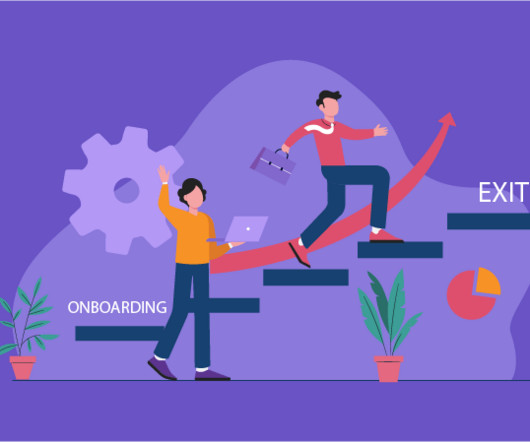
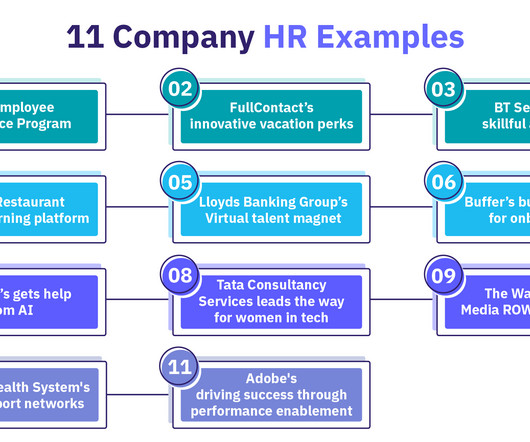
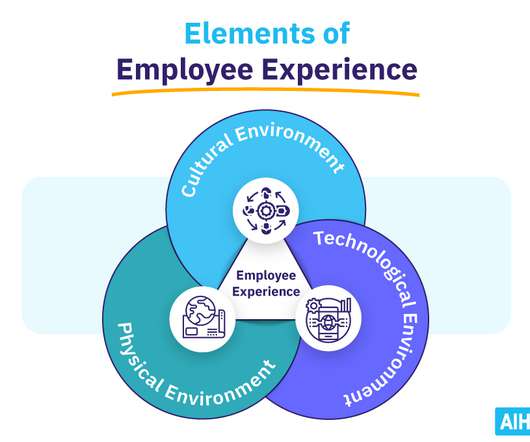
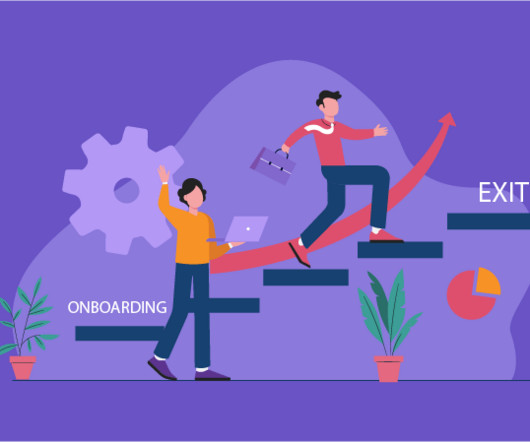
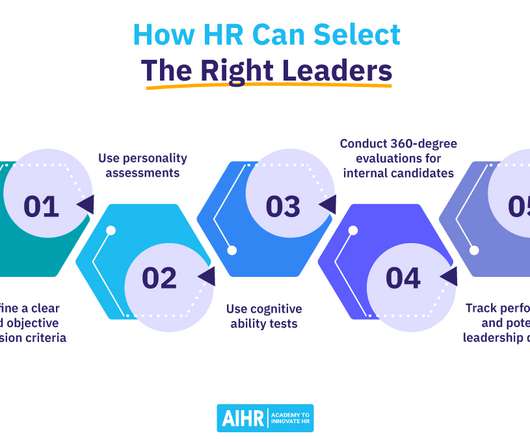
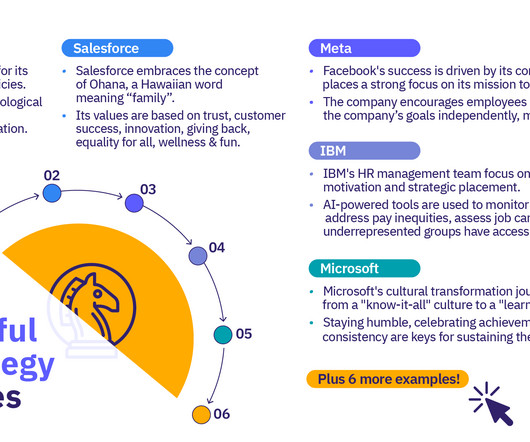
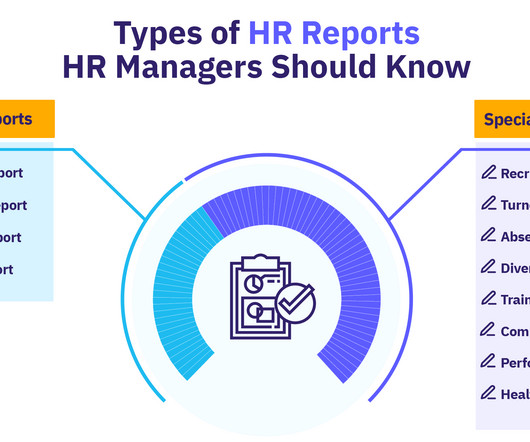






Let's personalize your content